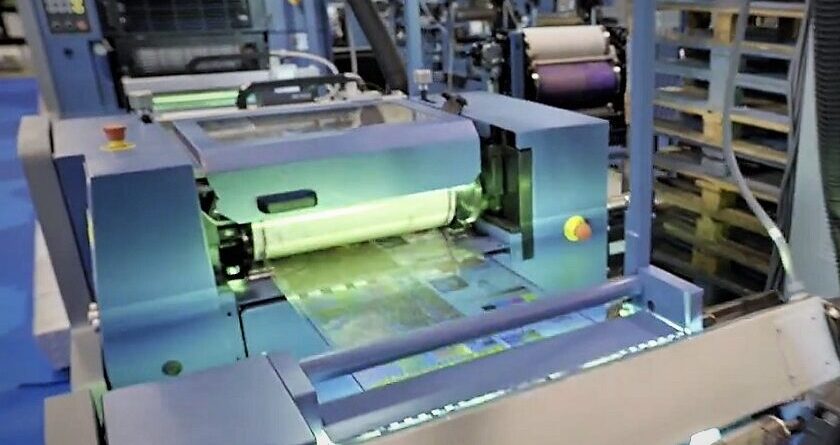Sustainability in production processes, adaptability, customization, and versatility
The main challenge for the labelling industry this year is to adequately meet the market demands resulting from the Covid-19 pandemic. Preventive health measures and mobility restrictions have accelerated the transformation of consumer habits, giving a boost to online commerce. Health safety is a key issue for any manufacturer and sustainability is becoming more relevant as a differentiating factor. Manufacturing processes that produce with lower environmental impact, lower consumption of raw materials and energy, the use of environmentally friendly inks, and the minimisation of waste generation translate into savings and competitive advantages.
The impact of the pandemic has further exacerbated the trends that were already defining the current market: shorter and shorter print runs, increasingly competitive pricing, and the need for printers to make a profit on every job. With profit margins getting tighter and tighter, what makes the difference is the availability of versatile and efficient presses that can adapt quickly to the printer’s needs.
The demands are particularly high in sectors such as food and pharmaceuticals. The pharmaceutical industry tends to have shorter runs and tighter deadlines, which require flexibility and printing speed, without affecting the quality and accuracy of the jobs. Competitiveness in the food industry is at an all-time high, with the proliferation of a wide variety of innovative packaging —flexible, in-mould, shrink labels, laminated tubes— that aims for differentiation, and more sustainable materials.
Versatility of the Rotatek machines
It is precisely in a situation like today’s market that the polyvalence of Rotatek presses provides the added value that printers are looking for. Their modular configuration allows multiple offset printing units to be set up and combined with modules for flexographic, digital and finishing printing, according to the characteristics of each job. The commitment to offset printing in rotary or semi-rotary systems covers all needs, whatever the print run, without having to change formats, and using standard materials, inks and consumables.
In its comprehensive article “Tendencias en impresión de etiquetas y envases para 2021”, the portal “El empaque” collects estimates from Smithers Pira’s “The Future of Global Printing” report, which predicts that the packaging printing market will reach $45 billion by 2025, driven by the growth of e-commerce, which is having a definite impact on the way each type of product is packaged, labelled and offered for sale. Flexible packaging, the consultancy firm says, is gaining market share because it offers the opportunity for innovative designs to stand out from the competition, especially among food and beverage producers. All of this, of course, translates into increased demands on labelling printers.
Sustainability as the main trend
Sustainability is the top trend in virtually every market and production sector. As far as the labelling industry is concerned, this translates into greater automation of converting and printing systems, the ability to monitor machines in real-time, and to work online for design and pre-press functions. In addition, as noted above, there is a growing need to reduce waste in all production processes and, therefore, printing systems that optimise ink and energy consumption and avoid polluting emissions are required.
In this respect, Electron Beam curing applications have a strong position to keep gaining traction. It is the most suitable technology for primary packaging offset printing, which is essential especially in the food sector. It offers quality, the ability to work with a wide choice of substrates and sizes, removes the risk of ink transfer and has no toxic or polluting components, such as solvents and volatile organic compounds (VOCs).
Finally, EB coatings provide the best protection against scratches, chemicals and extreme temperature conditions.

